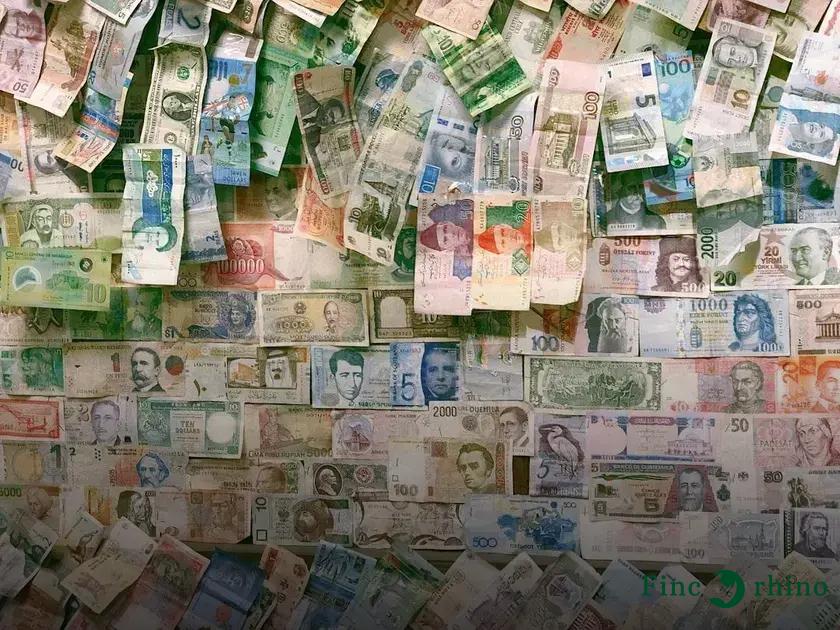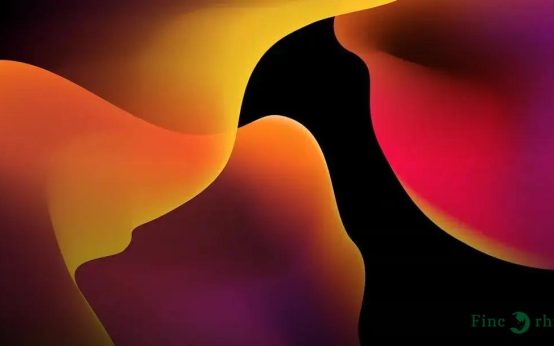NFTs and digital assets have captured the global spotlight. With market trends evolving in 2023, are these digital investments still a viable option? As you explore strategies and understand the risks involved, this insightful guide will help you navigate the complex world of NFTs.
Understanding NFTs and Their Value
Non-Fungible Tokens, or NFTs, have transformed the world of digital assets by allowing for the creation and trading of unique digital ownership. NFTs are built on blockchain technology, which ensures they are secure and verifiable. Unlike cryptocurrencies such as Bitcoin, NFTs cannot be exchanged for equal value due to their unique nature.
Each NFT represents ownership of a specific digital item, whether it’s digital art, music, videos, or even virtual real estate. The value of NFTs can vary greatly, often determined by their rarity, the reputation of the creator, and market demand.
The Appeal of NFTs
One of the most appealing aspects of NFTs is the ability to earn royalties on resales. Artists and creators can program smart contracts into NFTs that automatically pay them a percentage of sales each time their work is resold.
NFTs have become a cultural phenomenon, fueled by high-profile sales and endorsements from celebrities. This draws attention to their long-term potential as investments and collectible items.
The Current State of Digital Assets
As of 2023, the landscape of digital assets, particularly non-fungible tokens (NFTs), continues to evolve at a rapid pace. The rise of blockchain technology has profoundly impacted how digital assets are created, owned, and traded.
Digital assets encompass a wide range of things, from cryptocurrencies to NFTs, and they’ve gained popularity due to their innovative approach to ownership and value distribution. NFTs have become a crucial part of digital asset ecosystems because they offer a unique asset ownership paradigm. Each NFT is unique and can represent anything from art and music to in-game items and virtual real estate.
In the current state, there are several platforms that have emerged as leaders in the NFT space. Platforms like OpenSea, Rarible, and Foundation have provided marketplaces where creators and investors can engage securely and efficiently. These platforms are crucial for the smooth functioning of the NFT ecosystem, allowing for a seamless exchange and showcasing of NFTs.
The current valuation and market dynamics are intriguing. The NFT market has experienced a surge in both volume and value in the past few years. As more artists, musicians, and collectors embrace NFTs, the market experiences fluctuations that are influenced by broader economic trends. The digital asset landscape, although volatile, presents unique opportunities for digital art curation, gamification, and decentralized financial products.
It is crucial to pay attention to the regulation changes impacting digital assets. Different governments and regulatory bodies have begun to take NFTs seriously, bringing forth greater accountability and protection against fraud. Investors need to stay informed about these changes as they could impact investment stability and growth potential.
Finally, while the future of digital assets looks promising, potential investors must consider the risks and benefits. The ability to trade without intermediaries, execute smart contracts, and own assets that are verifiably unique continues to attract attention and fuel discussions in the financial sectors.
Market Trends: NFTs in 2023
As the world continues to explore digital assets, NFTs are still gaining momentum. In 2023, these unique tokens continue to capture the interest of investors and collectors alike. The NFT market is maturing, and new use cases are emerging. Artists, brands, and creators are finding innovative ways to utilize NFTs, not just as collectibles but also as tools for community engagement and brand loyalty.
While the initial hype may have cooled down, the NFT space in 2023 is becoming more diverse and robust. Technology advancement is playing a crucial role in shaping new trends. Innovative platforms are providing better user experiences, improved security, and new types of NFT functionalities, such as dynamic NFTs that can change over time based on certain conditions.
The integration with the metaverse is a key area of growth. NFTs are becoming integral to digital experiences and virtual worlds, driving demand beyond enthusiasts and into mainstream consciousness. Major corporations are exploring NFTs as part of their digital transformation strategies, emphasizing their potential beyond art and collectibles.
Moreover, there is an increasing focus on sustainability within the NFT ecosystem. With the environmental impact of blockchain technology under scrutiny, many projects are shifting to eco-friendlier platforms that offer proof of stake as an alternative to the energy-intensive proof of work.
As a result, NFTs are transitioning from standalone digital artworks to essential components of broader digital economies. This shift is encouraging more mainstream adoption and investment interest. With ongoing technological advancements and market adaptation, what we are witnessing in 2023 is just the beginning of a new era for NFTs, setting the stage for further innovation and integration.
Risks and Challenges in NFT Investments
NFT investments present several challenges and risks that potential investors should be aware of. One of the primary risks associated with NFTs is market volatility. The value of NFTs can fluctuate significantly in a short period, influenced by trends, hype, or even social media.
Security issues also pose a threat in the NFT space. As digital assets, NFTs are stored in digital wallets and linked to blockchain technology. However, the digital nature of NFTs means they are vulnerable to cyberattacks and hacking. Consequently, safeguarding your NFTs with secure passwords and using reputable marketplaces is crucial.
Another challenge is the lack of standardized valuation. Unlike traditional assets, NFTs do not have a widespread, accepted method to determine their true worth. This variability can lead to challenges in pricing and reselling NFTs. Moreover, the environmental impact of blockchain technology, particularly those using proof-of-work mechanisms, has sparked significant concern. Many investors are now questioning the sustainability of investing in NFTs in the long run.
Navigating legal ambiguities also presents a hurdle. The regulatory landscape surrounding NFTs is still evolving, with uncertainties about intellectual property rights, copyright issues, and legal compliance. Potential investors should remain informed about the latest legal developments in the NFT space to avoid unexpected complications.
Lastly, with NFTs gaining popularity, there’s a risk of over-saturation in the market. As the market becomes crowded with numerous NFT projects, distinguishing between valuable investments and those lacking real substance or utility becomes increasingly challenging.
Successful NFT Investment Strategies
Investing in NFTs requires a strategic approach to maximize returns and minimize risks. One of the successful strategies is to diversify your NFT portfolio. Spreading investments across different types of NFTs like art, music, and virtual real estate optimizes your potential for profitability. Different segments often perform differently, making diversification key to balancing risks.
Thorough research is essential before making any investment decisions. Analyze the creators behind the NFTs, their previous projects, and the community’s engagement. Projects with active and supportive communities often have a higher potential for growth.
Another critical strategy is to stay updated with industry trends and innovations. The NFT market is rapidly evolving; technologies, platforms, and what is popular can change quickly. By staying informed, investors can make educated decisions and decide whether to hold, sell, or buy new assets.
Timing your investments is another important factor. Understanding market cycles and sentiment can heavily influence profitability. Observing peak and trough periods helps in determining the best times to enter or exit the market.
Engaging in community discussions and forums provides insights from other investors and can point toward emerging projects and NFTs with high potential returns. Actively participating can also expand your network and open doors to exclusive investment opportunities.
The Future of Digital Assets and NFTs
As digital assets and NFTs evolve, they are expected to play a significant role in various industries. The growing interest in NFTs, ranging from art and collectibles to real estate and music, indicates their potential for long-term value.
Looking forward, blockchain technology could be a major driver behind improvements in security, transparency, and efficiency. These technological advancements promise to make digital assets more accessible and trustworthy, encouraging broader adoption.
Decentralized finance (DeFi) and the tokenization of real-world assets can redefine how investments are structured and managed. NFTs might not be limited to digital representations but could also encompass real estate deeds, identities, and even stock certificates.
Additionally, the integration of artificial intelligence could enhance personalization in digital economies, providing users with customized investment options based on their preferences.
Regulatory frameworks will likely evolve to accommodate the unique aspects of NFTs and digital assets, helping to mitigate risks related to fraud and market manipulation. This regulatory clarity might increase institutional interest, bringing more stability to the market.
For investors and enthusiasts, keeping abreast of these changes is crucial. The expanding use cases for NFTs could radically shift our understanding of value and investment opportunities in the next decade.





